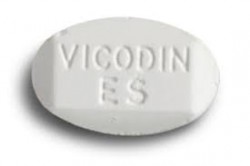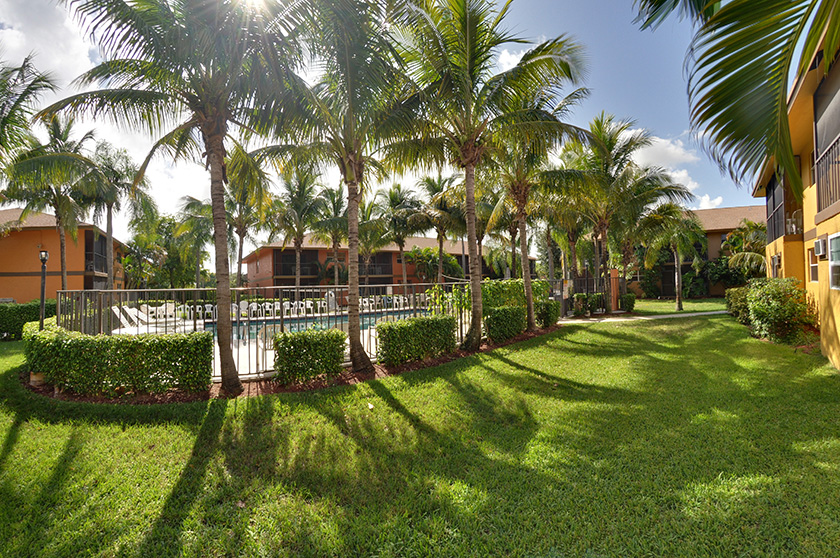Finding Help for Vicodin Abuse
Vicodin, a mix of hydrocodone and acetaminophen ingredients, provides fast and effective relief for conditions involving moderate to severe pain symptoms. According to the U. S. Drug Enforcement Administration, as an opiate-based analgesic, hydrocodone is prescribed more frequently than any other pain medication, with over 136 million prescriptions dispensed in 2013 alone.
As far as potency goes, Vicodin’s effects are comparable to morphine, which makes for a strong pain reliever as well as a highly addictive drug. Vicodin abuse occurs whenever a person exceeds the prescribed dosage level or uses the drug on a recreational basis.
People struggling with Vicodin abuse well know how this drug all but takes over their ability to control or manage intake amounts let alone stop using altogether. Since different people respond to the drug’s effects in different ways, it’s essential to get the level of treatment a person most needs. Ultimately, finding help for Vicodin abuse entails finding the type of rehab program that’s best equipped to address your specific treatment needs.
Vicodin Abuse

Vicodin has strong analgesic properties.
Vicodin exists as one of several drugs made from hydrocodone. As hydrocodone can be combined with aspirin and ibuprofen as well as acetaminophen, there’s a range of different drug potencies and effects to be had. Vicodin and Lortab both contain hydrocodone and acetaminophen, with both drugs being the most frequently prescribed hydrocodone-based drug.
Vicodin’s opiate ingredient (hydrocodone) accounts for the drug’s strong analgesic properties. Like most all prescription pain meds, this opiate ingredient accounts for Vicodin’s high addiction potential. Vicodin abuse develops out of the changes in brain chemistry that take place as a result overusing opiates.
With each dose of the drug, brain cells produce unusually large amounts of endorphin chemicals. Over time, brain cells weaken and deteriorate, making them less sensitive to opiate effects, according to the Substance Abuse & Mental Health Services Administration.
These changes set the cycle of Vicodin abuse in motion. With continued drug use, cells continue to deteriorate, requiring increasingly larger dosage amounts to produce the drug’s desired effects.
Treatment Options
Vicodin abuse treatment options vary based on the level or intensity of treatment provided. Someone who’s at the early stages of abuse will likely require a less intensive treatment approach than someone who’s abused the drug for months or years at a time.
More oftentimes than not, Vicodin abuse leads to addiction when left unattended. While the early stages of Vicodin abuse breed physical dependency, continued drug use paves the way for a psychological dependency to take root.
Psychological dependency lies at the heart of addiction. At this point, a person has come to believe he or she can’t cope with daily life without the drug’s effects. This condition requires a more comprehensive treatment approach than physical dependency alone as the brain has undergone extensive damage in terms of the chemical imbalances that have taken shape. A comprehensive treatment approach entails detox and/or inpatient care, followed by residential treatment as well as ongoing outpatient care.
Detox Treatment
Most people will require some form of detox treatment regardless of the severity of their drug problem. While detoxing on one’s own is doable, it’s extremely difficult to make it through this stage without the necessary supports in place.
Vicodin abuse leaves the brain unable to regulate bodily processes in a normal fashion, which accounts for the withdrawal symptoms experienced during this time. Detox treatment programs offer the type of physical and emotional supports needed to make it through this difficult stage.
Inpatient Treatment
Someone who’s struggling with mental health problems stands an even greater risk of falling into the Vicodin abuse cycle. Likewise, people with a history of drug abuse are also more susceptible. In both cases, there’s a high likelihood of developing a full-blown addiction problem.
Inpatient treatment programs specialize in dealing with the worst of the worst in terms of treating conditions involving addiction and mental illness combined. These programs offer:
- Individual psychotherapy
- Group therapy
- Drug education counseling
- Support group attendance and participation
Residential Treatment
People coming off a long stretch of Vicodin abuse will require ongoing, intensive treatment after completing detox and/or inpatient care. Residential treatment programs pick up where detox and inpatient care leave off in terms of requiring patients to live at the facility for the duration of the program.
During this time, residents have a chance to develop the type of mindset, habits and behaviors that make continued abstinence possible. Whereas inpatient programs run anywhere from two weeks to 28 days, residential programs run can run from 30 days to six months in duration.
Outpatient Treatment
Outpatient treatment should only be considered under certain circumstances:
- Someone who’s at the early stages of Vicodin abuse
- Someone dealing with a mild to moderate drug problem and has successfully completed detox
- In the case of addiction, someone who’s completed detox and residential treatment
- Someone who can’t take time away from work or family to enter a residential treatment program
For the most part, outpatient programs offer the same forms of treatment as inpatient programs only patients live at home instead of at the facility. Consequently, a person has considerably more freedom while in treatment, which can be a bad thing in cases where he or she doesn’t have the needed coping skills needed to maintain ongoing sobriety.
Medication-Assisted Treatment Considerations
The effects of long-term Vicodin abuse on brain function can make it all but impossible for a person to maintain abstinence without some form of medical treatment help. Medication-assisted treatment options involve the use of medications specifically designed to address the persistent withdrawal and cravings aftereffects experienced in recovery.
Medications used in this capacity include:
- LAMM
- Subutex
- Suboxone
- Methadone
In effect, these medications work to support damaged brain cell functions. In the process, patients experience considerable relief from withdrawal and drug cravings. These effects greatly improve a person’s ability to participate in the treatment process and maintain ongoing abstinence.
More than anything else, getting the level of care needed to address your specific treatment needs is what’s most important when finding help for Vicodin abuse.
Turning Point New Haven CT
This triple-tiered rehab located in New Haven, Connecticut provides a road to recovery and a much-needed hand-up to young men dealing not only with addiction, but with a lack of real-life skills that prevent them from living full, substance-free lives in the real world. While many guys their age are studying their way through New Haven’s hallowed, ivy-league institutions, their counterparts at Turning Point are working as if their lives depend on it.
Details ›Palm Partners Recovery Center
Palm Partners Treatment Center is one of America’s leading addiction treatment providers for drug alcohol detox treatment, drug rehab, alcohol rehabilitation and is staffed with highly trained addiction specialists. Palm Partners was founded in 1994 and was incorporated in Florida in the year 2003.
Details ›Fellowship Hall
You're not a resident or a client at Fellowship Hall, and you’re definitely not a patient. You’re a guest. Whatever the terminology, miracles happen at this treatment center snugly situated amidst the gently rolling hills of North Carolina’s historic Piedmont area.
Details ›



